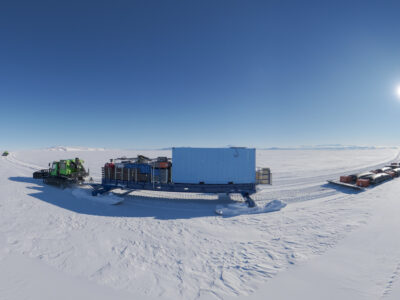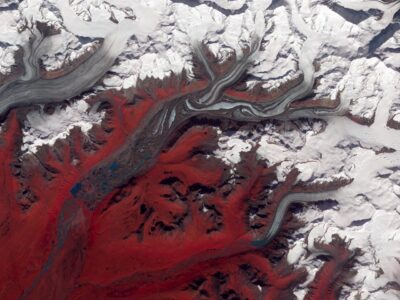Our annual trip to the Arctic starts in Albany, where the Air National Guard will fly us north in a venerable C130 Hercules military transport plane.


First stop is Kangerlussuaq, Greenland, where we will stay overnight. Kangerlussuaq (in Danish: Søndre Strømfjord) is a settlement in western Greenland, home to Greenland’s largest commercial airport. As usual, we were greeted by our friendly colleagues from the Kangerlussuaq Science Support Center (KISS) that supports all science operations in and around Greenland. Temperatures are getting much lower than down south at about 40F (5 degrees C). Kangerlussuaq is home to Greenland’s most diverse land-based wildlife such as musk oxen, caribou, gyrfalcons and the Greenland sled-dog.

Next stop is the U.S. Air Force Base Thule in Northern Greenland, where we refuel and head to Alert. On the way from Kangerlussuaq to Thule we fly along the coast of Greenland, over Baffin Bay, where the Arctic starts to show its icy face. For me, Greenland is fascinating for its mild temperatures, diverse wildlife in the south and breathtaking frozen state in the north. I also like the Danish pastries served in the airport cafeteria – it reminds me of home.

Finally, we arrive at the Canadian Forces Station (CFS) Alert around noon. Our home for the next few weeks.




